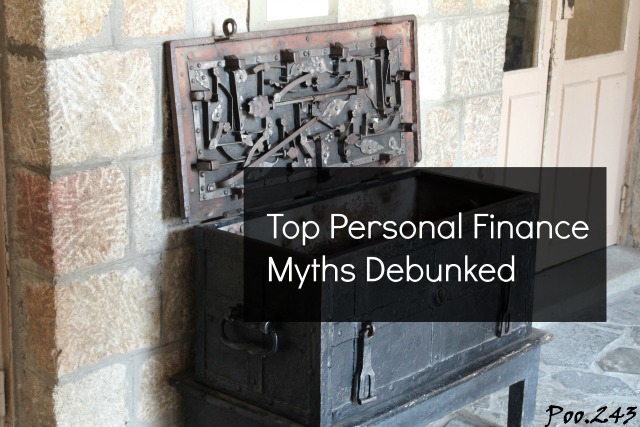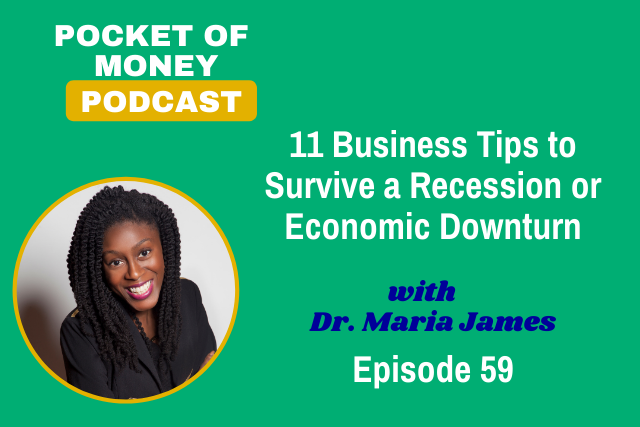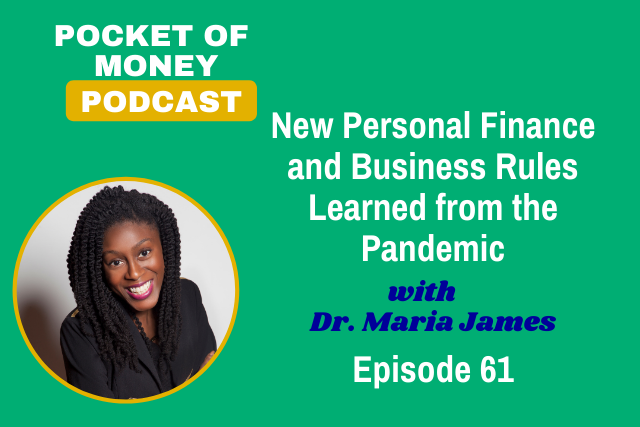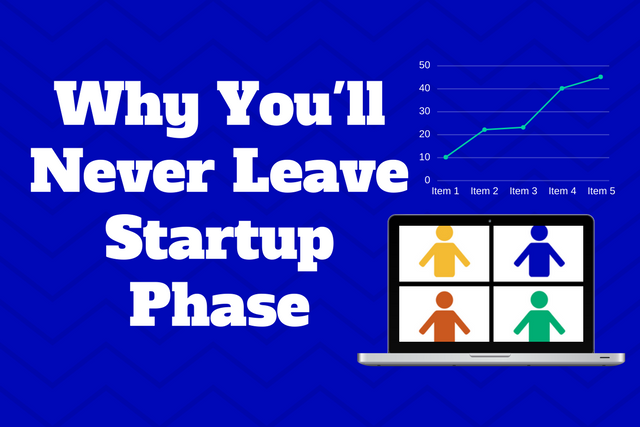Top Personal Finance Myths Debunked

As The Money Scientist, of course people talk personal and business finance with me all the time. I get to hear people brag about great deals they’ve found. I hear about personal finance stories of triumph and failure, lessons learned. I also hear so many personal finance myths that masquerade as truth. These myths are causing damage. They hinder your wealth building and quest for financial freedom and security.
1) I have time before I need to plan for retirement.
Think about what type of lifestyle you want in retirement. Do you want to be able to travel, visit and spend time with family, engage in hobbies and other activities? Or do you imagine being very low-key, not traveling much etc? If you plan on maintaining the same lifestyle or a more active lifestyle then you should plan on replacing at least 70-80% of your income. If you plan a low key retirement lifestyle, then you may be able to live off of approximately 60% of your income. That’s a lot of money to provide every year for twenty plus years. This is why planning for retirement is an important part of your personal finance strategy.
When you’re in your twenties and thirties, retirement seems so far away. You think “why take money I need now and put towards retirement? I can start contributing money later. I have time.” Yes, you have time until retirement; however, it’s not wise to wait to start preparing. Why? Well, the best way to prepare for retirement is to invest your money so it can compound over time. Basically, your money earning you more money. To get the most out of investing, you have to buy and hold the investment for years. You need to invest while you still have several decades until you retire. Kiplinger has a great retirement savings calculator, where you can determine how much you need for retirement and the number of years to reach that amount. Check it out, it will be an eye-opener.
Protocol:
1) At your place of employment, check out the retirement options offered. They likely have retirement specialists or benefits officers who can discuss the options with you. They can help you pick what works best for you considering your age and financial situation.
2) After signing up for the retirement package offered by your employer, also sign up for an IRA (individual retirement account).
3) Ask for referrals and find a great financial advisor to assist with further planning and building up your investment portfolio.
2) I’m too young to need life insurance.
Sometimes, we can’t imagine tragedy befalling us. You watch the news or hear about something awful, and it’s something that has happened to someone else. It isn’t likely to happen to you … until it does. The main reason people get life insurance is to allow their families to avoid financial hardship, should they pass away. No matter your age (speaking to adults), if you have dependents, then you should have life insurance. If you contribute financially to a household and others depend on your income to sustain their lifestyle, then you should have life insurance. It can be used to assist with paying for final arrangements and replace the lost income.
According to the 2015 Insurance Barometer Study, 80% of Americans overestimate the cost of insurance and cite the price as the reason they do not have life insurance. In other words, it likely cost less than you think. The price for life insurance depends on quite a number of factors. Some are your age, health, credit history, hobbies, lifestyle, and occupation. Yep, it’s more than just your age and health, but those are big factors. So the younger you are when you get life insurance then the cheaper it will be.
Protocol:
1) Do a little research and learn more about life insurance and it’s benefits. You can start here with this article on life insurance.
2) Ask friends or family for a referral of a good life insurance agent. Interview this person to see if you’re a great fit. Check out this article on how to pick an expert.
3) Work with an agent to get the proper amount of coverage for your family and unique situation.
4) Review the coverage periodically to make sure it still works as your family dynamic changes.
3) I’ll never pay off my debt.
Oh the debt conundrum. The most common forms of debt are student loans, credit cards, mortgage loans and auto loans. It’s not only recent college graduates with a lot of debt. The number of people 50 years old and older with debt is increasing as well. When you have large amounts of debt, such as student loan debt it can feel like you’re never going to pay it all back. You went to school under the impression that you needed college and graduate school in order to get a better job with a high salary. However, now you have this mountain of student loan debt to pay and the salary in no way makes up for it.
Or you’re not sure how you managed to rack up such a large amount of credit card debt, but you just pay the minimum or attempt to pay a little extra on all of the cards. You feel like you’re not making a dent. You’re overwhelmed with the process. You don’t feel it’s going anywhere. It just keeps growing.
You can pay off your debt. I know, hard to believe. You need the how. Well, you need a targeted debt reduction strategy. Let me be clear. There is no strategy that will work overnight. You didn’t accrue the debt overnight (even though with the student loans it may feel that way). You won’t be able to pay it down overnight. Don’t expect the debt to just melt away. Don’t expect your credit score to skyrocket. However, the debt will decrease until it’s gone. Your credit score will increase.
Protocol:
1) Stop racking up debt. Don’t finance anything else. Don’t use store cards or other credit cards. Don’t take out anymore loans.
2) Pay more than the minimum on one debt account at a time. Pay the minimum on all the others. Target the debt account with the lowest minimum first.
3) Create a list of the order in which you will target your debt accounts. You will work your way through this list.
4) Analyze your lifestyle and determine ways to free up money from your current budget. What can be decreased? What can be eliminated altogether?
5) Determine ways to increase your income. Are you eligible for a raise? Can you start a side hustle? Check out this article on side hustles for ideas.
6) Set aside emergency fund money. If you don’t have something set aside, then when something unexpected happens, you’ll reach for that credit card.
7) Work the strategy and watch your debt shrink.
4) I don’t make enough to save money.
I hear this one all the time. I don’t have enough money left over after paying bills to save money. However, sometimes the same people who tell me this also brag about the great deal they got on movie tickets, a new restaurant they tried, their nice new coat, nice new boots, their awesome weekend getaway, their beach trip etc. I’m then wondering how in the world could they afford these things if they have no money. Yeah, they’re usually not lacking money, They’re lacking priorities.
Now, I’m not against buying things for yourself or loved ones. I’m not against going on a nice vacation. However, I believe in luxury in frugal living. Take care of priorities and save up for the wants. You can take care of business and still enjoy the now. Everyone makes enough to save something. I don’t care if you’re only saving $0.50 each paycheck. Save something. Then as you implement other techniques to cut costs and increase your income, you’ll be able to save more and afford more of the things you want.
Protocol:
1) Determine how much you can save. Even cents matter, 100 pennies make a dollar. Just start!
2) Pay yourself first.
3) Treat your savings like a bill. It’s non-negotiable and must be paid.
4) Automate the savings so you don’t have to think about it.
5) Put the savings in a savings account separate from your checking account.
I claim these personal finance myths debunked. Don’t let them continue to hinder your wealth and financial freedom.
Photo credit: Poo.243






Responses